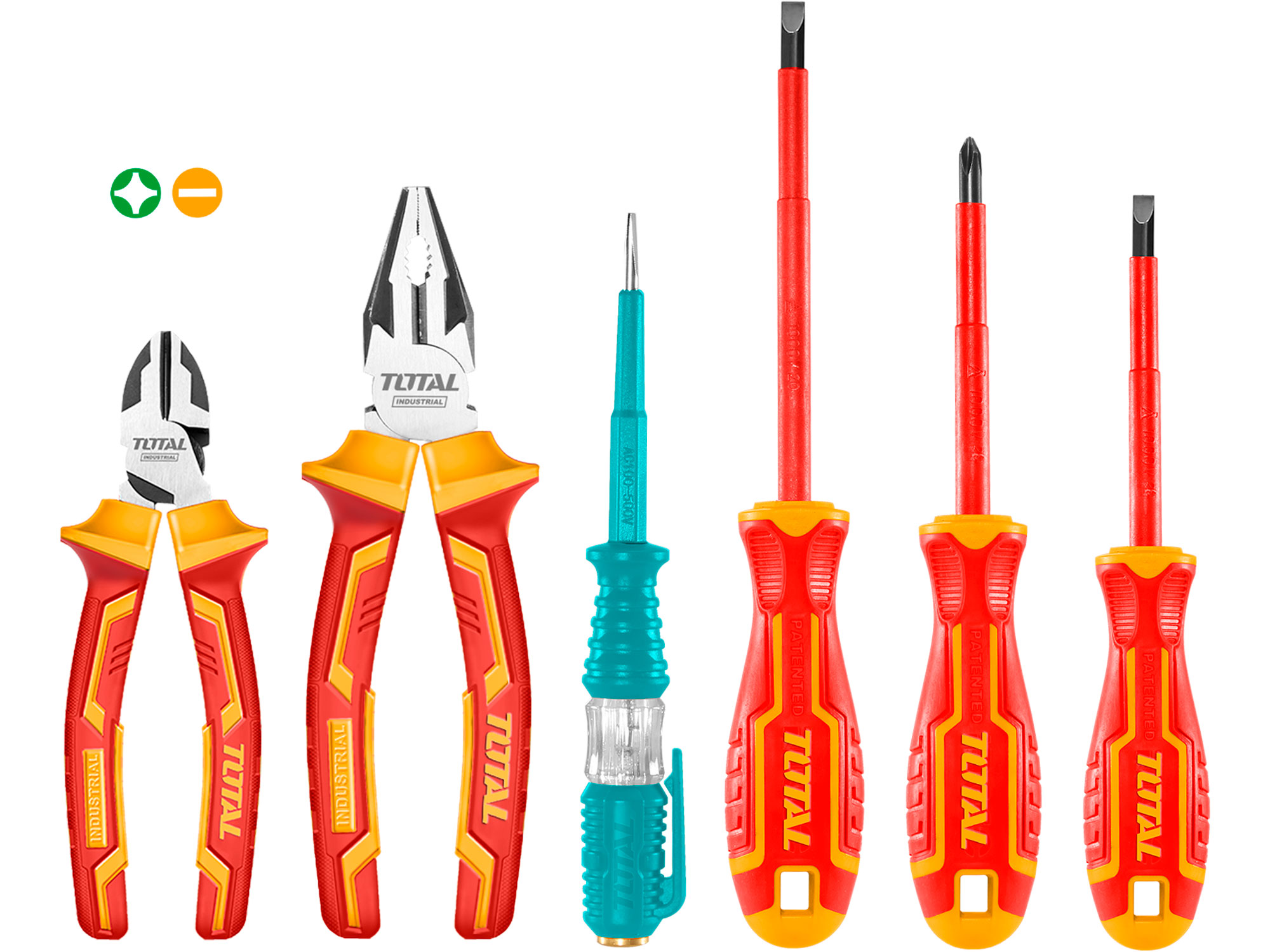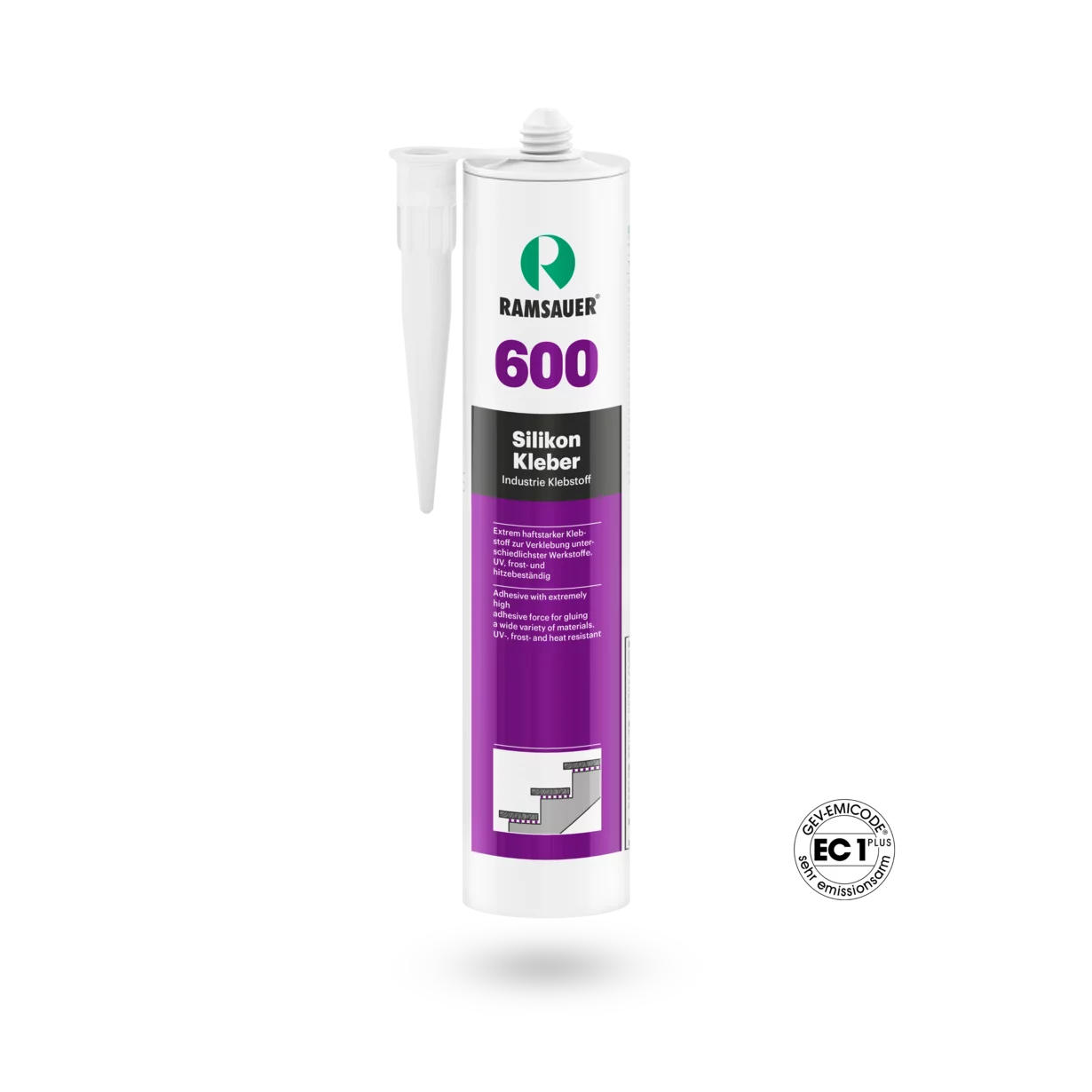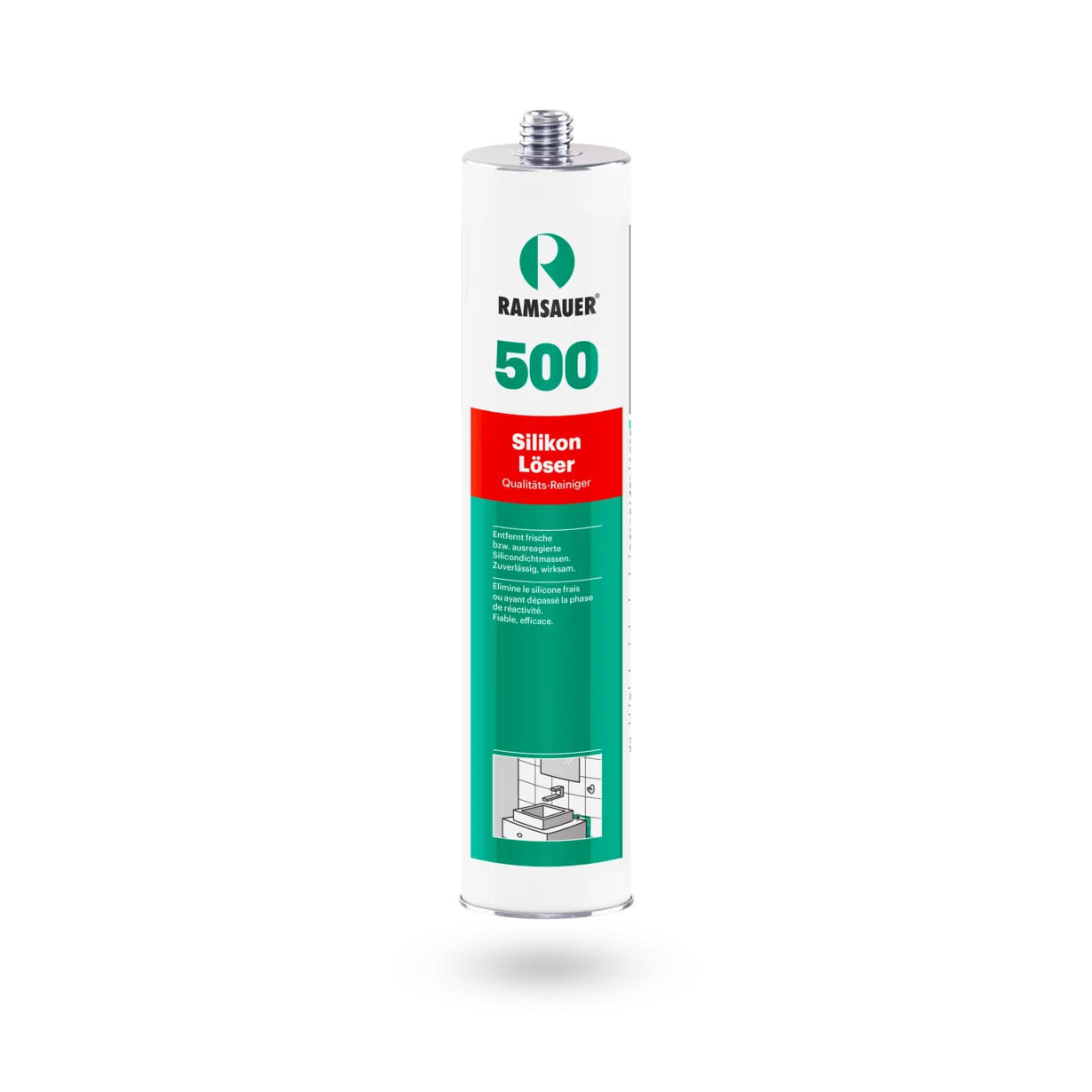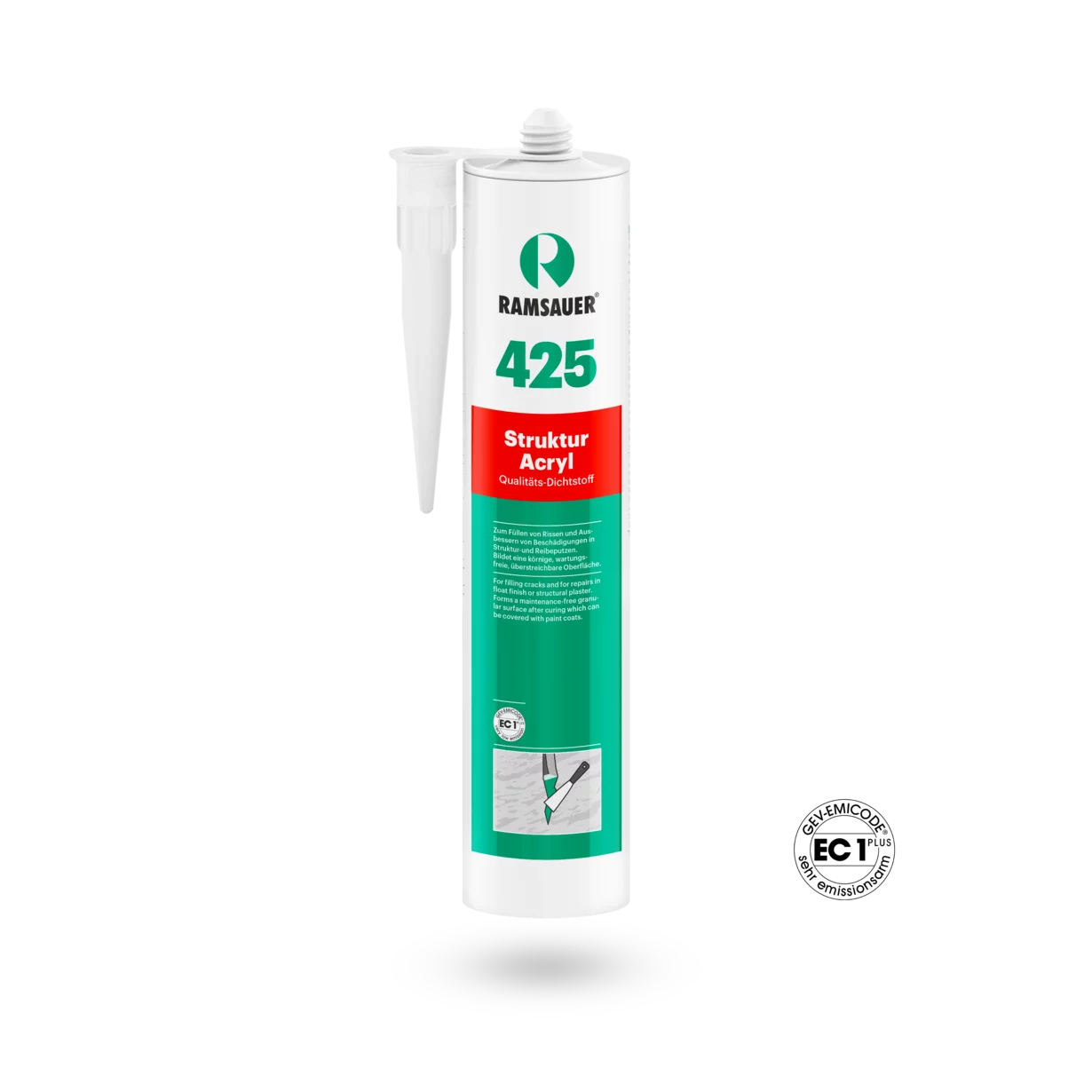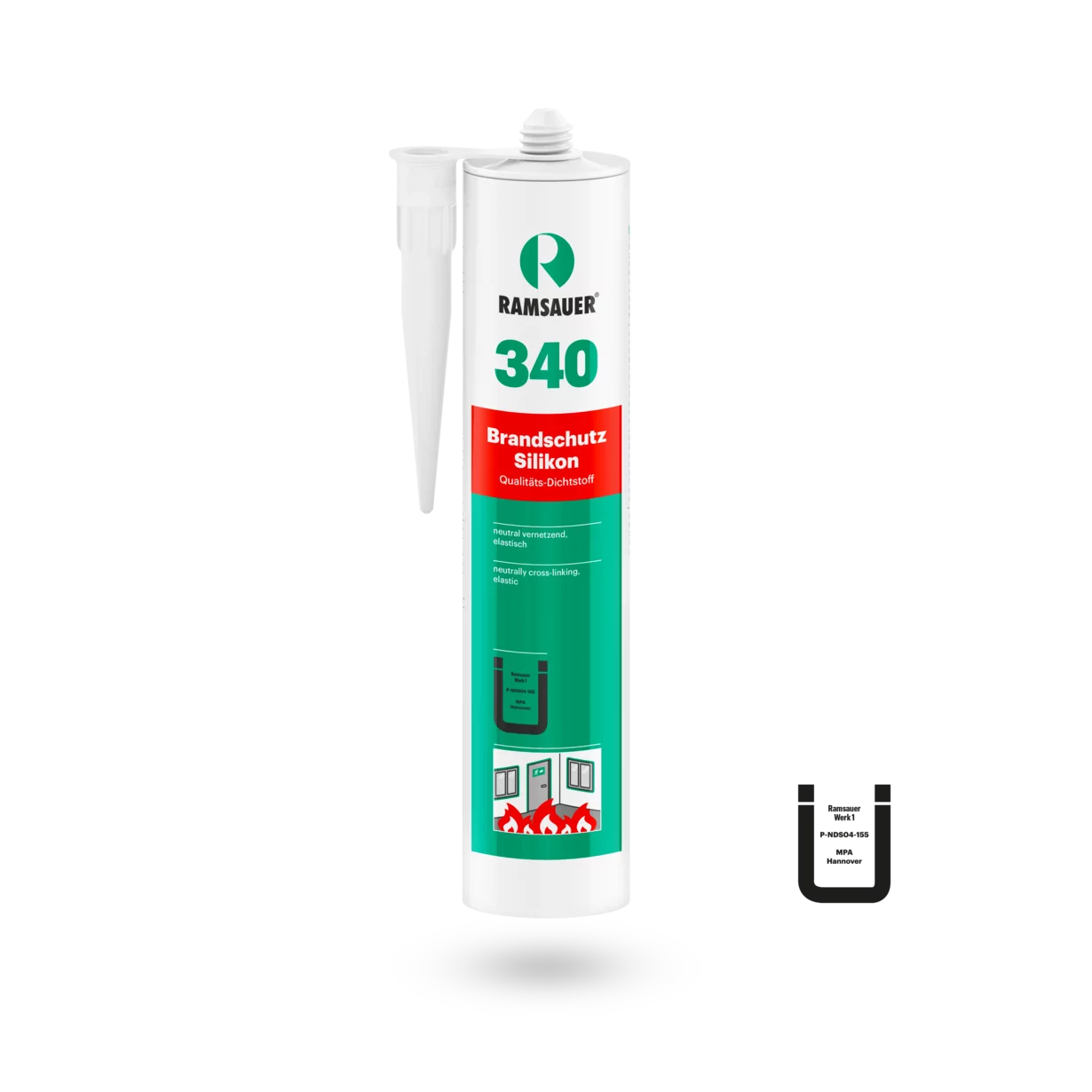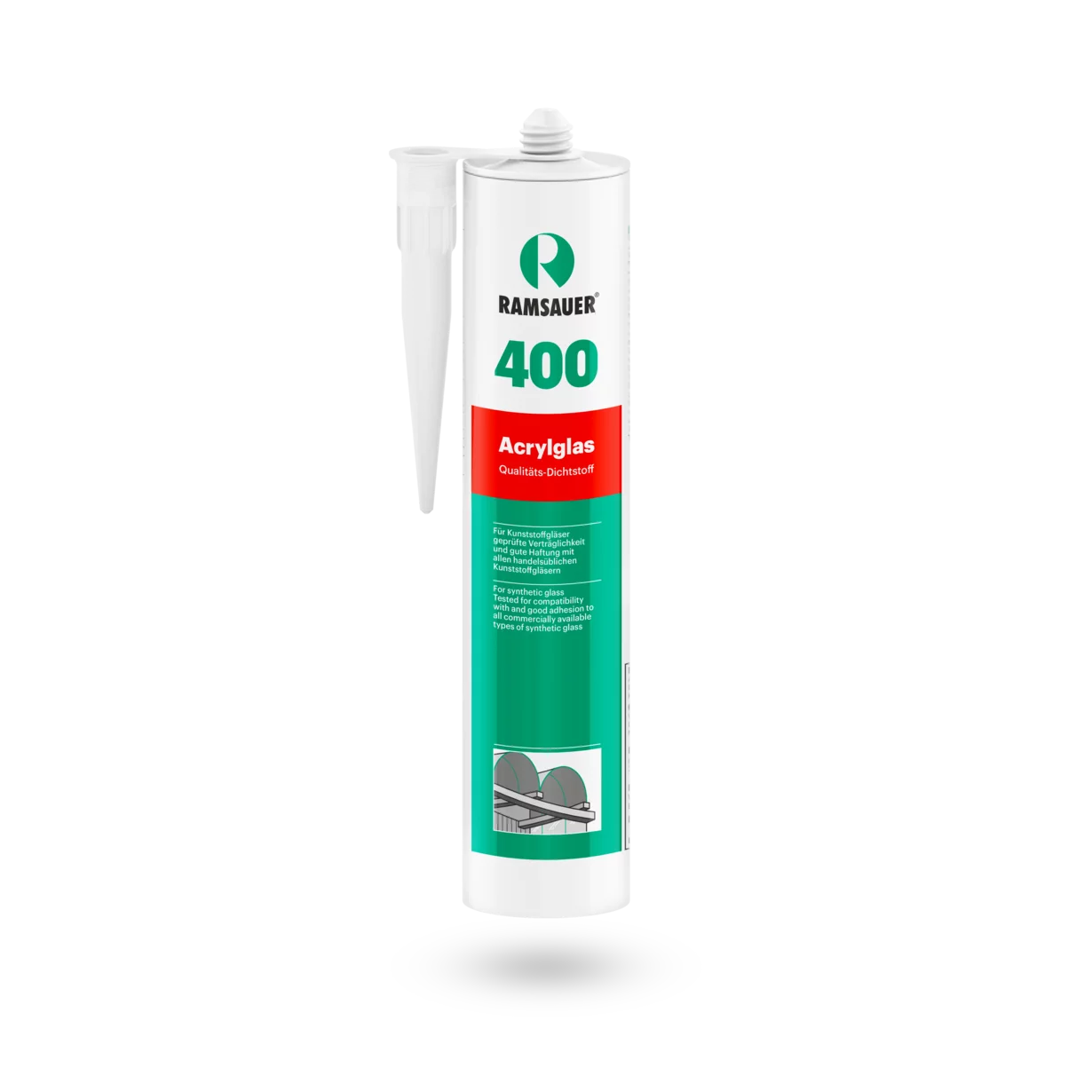Silicone versus acrylic: what's the difference?
Silicone and acrylic are two popular materials for sealing and waterproofing surfaces. But what exactly is the difference between the two? In this article, we'll take a closer look at the differences between silicone and acrylic and find out which material is best suited to your needs.
Silicone, also known as silicone sealant, is a flexible and durable material that is used in many different applications. It is particularly suitable for areas that are subject to heavy use, such as bathrooms or kitchens. Silicone is waterproof and resistant to mould and fungi.
Acrylic, on the other hand, is a resin-like material that dries faster than silicone. It is available in various colours and is ideal for decorative or painting work. However, acrylic is less flexible than silicone and can easily become brittle under heavy loads.
The choice between silicone and acrylic depends on various factors, such as the type of application and individual requirements. In the following sections, we will explain the differences in more detail so that you can make the right decision.
What is silicone?
Silicone is a synthetic polymer consisting of silicon, oxygen and other chemical elements. It is produced in various forms, including sealants, adhesives and coatings. Silicone sealants are particularly known for their flexibility and durability, making them an ideal choice for applications where a permanent seal is required. They are available in a variety of consistencies, from liquid to paste-like, and can be offered in different colours and transparencies.
Another remarkable feature of silicone is its ability to withstand extreme temperatures. It remains stable at both high and low temperatures and retains its properties over a wide temperature range. This resistance makes silicone particularly useful in areas such as the construction industry, where it is used in windows, doors and even plumbing.
In addition, silicone is water-repellent and offers excellent resistance to mould and fungi. This makes it the preferred choice in humid environments such as bathrooms and kitchens, where the risk of moisture and mould growth is high. Silicone is also easy to work with and can usually be applied without special tools, which makes it easier for DIY enthusiasts to use.
What is acrylic?
Acrylic is another common material that is often used in the construction and renovation industry. It is a resin-like material that is usually water-based and is characterised by a fast drying time. Acrylic is often used in sealants and paints and provides a smooth, glossy surface that can be easily painted or finished once dry.
Acrylic is available in a wide range of colours, making it a popular choice for decorative applications. It can be easily thinned with water to achieve the desired consistency and combines well with other materials. This flexibility in application makes acrylic a favourite material for painters and DIY enthusiasts who want to realise creative projects.
However, acrylic is less flexible than silicone. It can become brittle under pressure or strong movements, which can lead to cracks or breakage. Therefore, it is usually used in less stressed areas where the likelihood of movement is low. Whilst acrylic offers some advantages, it also has limitations that need to be considered in certain applications.
Differences between silicone and acrylic
The differences between silicone and acrylic are manifold and concern various aspects such as flexibility, area of application and chemical composition. Silicone is characterised by its high flexibility and durability, while acrylic is better known for decorative applications and fast drying times. These basic properties influence which material is most suitable for certain projects.
Another important difference is water resistance. Silicone is completely waterproof, which makes it ideal for applications in humid environments. Acrylic, on the other hand, is less water resistant and can absorb water under certain conditions. This can be problematic in applications exposed to high humidity as it can lead to mould growth or decay.
Drying time is another crucial factor. Acrylic tends to dry faster than silicone, making it an attractive option for projects where a quick finish is required. Silicone takes more time to cure, but offers significantly better long-term durability and flexibility. These differences are crucial in determining which material is best suited for a specific project.
Uses of silicone
Silicone is used in a variety of applications, particularly in areas where a watertight and flexible seal is required. One of the most common applications is in the sanitary sector, where silicone is used to seal sinks, showers and bathtubs. These seals prevent the ingress of water that could lead to water damage, while providing a flexible solution that can adapt with movement of the structure.
Another common use of silicone is in the construction industry. Here it is often used to seal windows and doors to minimise energy loss and prevent the ingress of air and water. Silicone can also be used to seal joints and cracks in walls and ceilings to ensure structural integrity and improve appearance.
In addition, silicone is also used in the automotive and electrical industries. It is used to create seals for motors and other components that are exposed to both heat and moisture. In the electrical industry, silicone is often used as an insulator to protect cables and electronic components. This versatility makes silicone an indispensable material in many different industries.
Uses of acrylic
Like silicone, acrylic has a wide range of applications, but these are often focussed on decorative and less stressed areas. One of the most common uses of acrylic is in painting applications. Acrylic paints dry quickly and are available in a wide range of colours, making them ideal for creative projects. They can be applied to various surfaces, including wood, metal and plastic, and provide a durable and attractive finish.
Another significant use of acrylic is in the construction industry, particularly in sealing joints and cracks in walls and ceilings. Acrylic sealants are easy to apply and can be easily sanded and painted once dry. This makes them a favourite choice for interior applications where the aesthetic result is of great importance.
Acrylic is also widely used in arts and crafts as it is easy to work with and offers a variety of creative possibilities. It can be used to create artwork, sculptures and even furniture, making it a favourite with artists and designers. The flexibility and versatility of acrylic make it a valuable material in many creative and practical applications.
Advantages and disadvantages of silicone
Silicone has many advantages that make it a favoured choice for many applications. One of the biggest advantages is its high flexibility, which allows it to easily adapt to movements and deformations of the surrounding materials. This makes silicone ideal for applications where a permanent seal is required without cracking or breaking.
Another advantage of silicone is its excellent resistance to water, mould and UV rays. These properties make it particularly suitable for use in humid environments such as bathrooms and kitchens, where other materials might fail. Silicone also has a long lifespan and can last for many years without losing its properties, making it a cost-effective choice in the long run.
However, silicone also has some disadvantages. One of the biggest challenges is that it can be difficult to paint over silicone as the colours often do not adhere well. This can be problematic if a decorative application is required. Additionally, silicone can be more expensive than some other sealants, making it less attractive for certain budget projects.
Advantages and disadvantages of acrylic
Acrylic offers a variety of advantages that make it very attractive for certain applications. One of the biggest advantages is the fast drying time, which allows projects to be completed quickly. This is particularly beneficial for DIY enthusiasts and professionals who want to get the job done efficiently. Acrylic is also available in many colours, making it an excellent option for decorative applications.
Another advantage of acrylic is its ease of application. It can be easily thinned with water to achieve the desired consistency and it combines well with other materials. This makes it an ideal choice for creative projects and applications where flexibility and adaptability are required.
However, acrylic also has some disadvantages. It is less flexible than silicone and can become brittle when exposed to heavy loads. This can lead to cracking or breaking, which can be problematic in certain applications. In addition, acrylic does not offer the same water resistance as silicone, making it less suitable for humid environments.
Which material is best suited for which purpose?
The choice between silicone and acrylic depends heavily on the specific application and individual requirements. Silicone is the better choice for areas that are subject to heavy use and where high flexibility and water resistance are required. This is especially true for bathrooms, kitchens and other humid environments where the risk of mould growth is high.
On the other hand, acrylic is ideal for decorative applications or projects that require a quick drying time. It is excellent for painting work and can be easily applied in different colours. If the aesthetic result is paramount and less stress is expected, acrylic may be the better choice.
To summarise, the choice of material depends heavily on the specific requirements of the project. It is important to consider both the benefits and limitations of silicone and acrylic to make the best decision for each application.
Tips for the correct use of silicone and acrylic
The correct application of silicone and acrylic is critical to the effectiveness and longevity of the seals. When using silicone, it is important to thoroughly clean the surface and ensure it is dry before applying the material. A clean surface ensures better adhesion and prevents water ingress.
For a clean application, it is advisable to stick masking tape around the joints to create a straight line. After applying the silicone or acrylic, the sealant should be smoothed with a damp finger or a special tool to ensure an even surface. With silicone, care should be taken not to apply too much pressure, as this can impair flexibility.
When working with acrylic, it is important to pay attention to the drying time. Acrylic dries quickly, so all tools should be cleaned immediately after use to prevent drying. In addition, acrylic can be sanded or painted after drying, allowing for additional creativity and customisation in application.
Conclusion
To summarise, silicone and acrylic are two very different materials, each with their own advantages and disadvantages. Silicone offers high flexibility, water resistance and durability, making it ideal for applications in humid environments. On the other hand, acrylic allows for quick drying time and a variety of colours, making it a great choice for decorative projects.
The choice between these two materials depends on the specific requirements of each project. By carefully considering the properties and applications of silicone and acrylic, you can make the best decision for your needs. Whether you are planning a DIY project or carrying out professional applications, understanding the differences between silicone and acrylic will help you make the right choice.

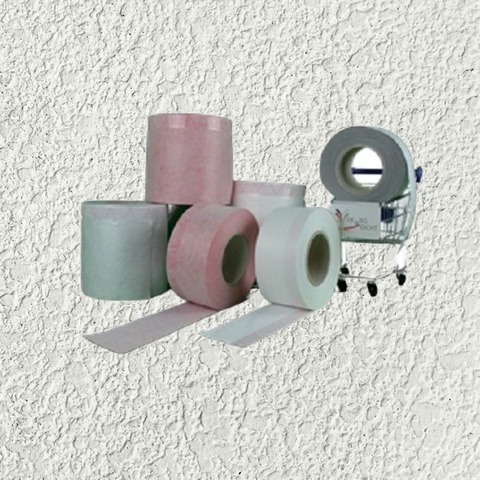
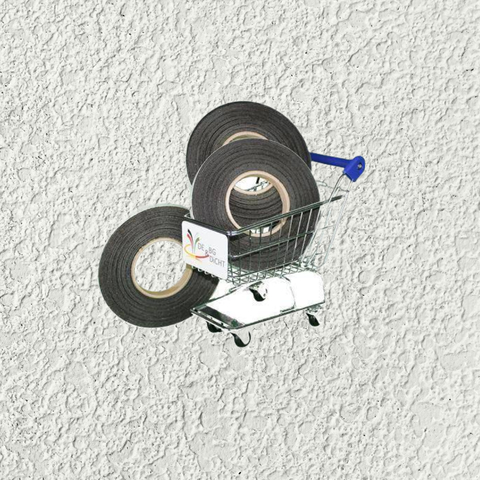

_400x400.webp?ts=1735165250)

